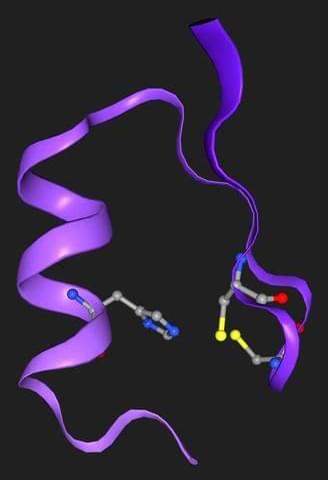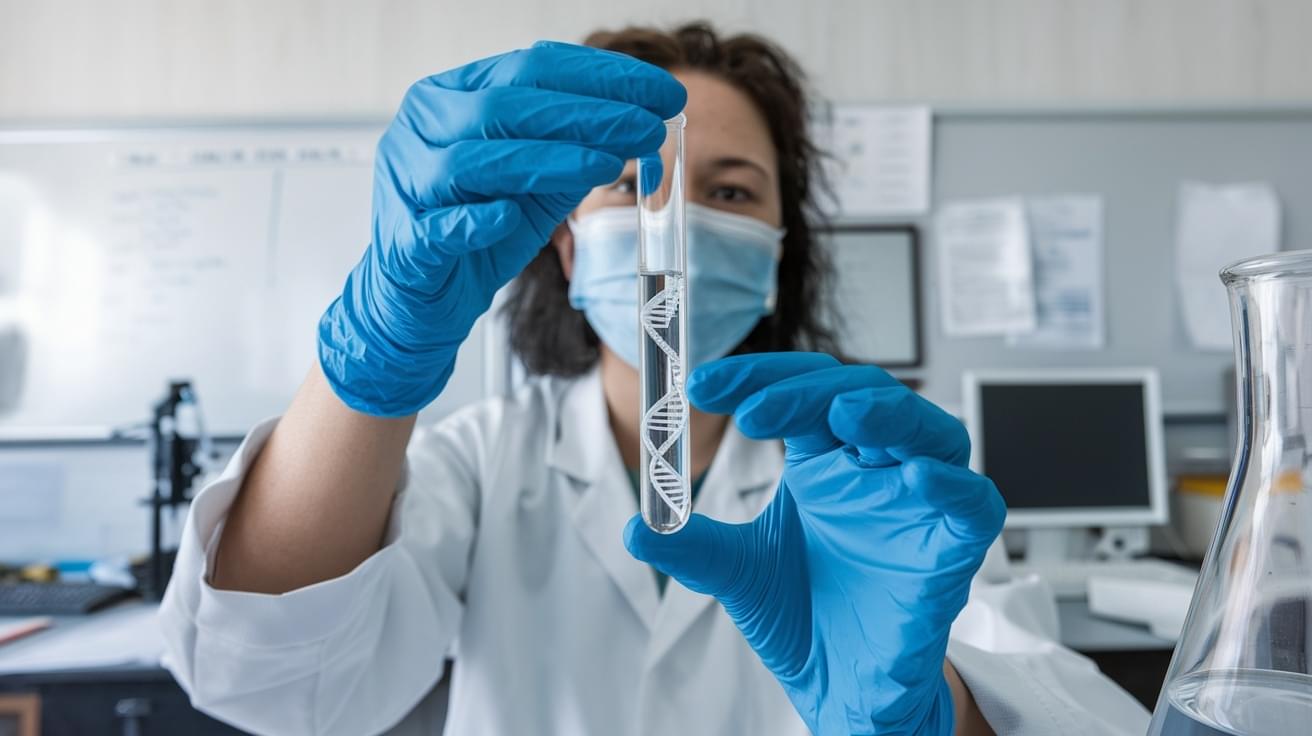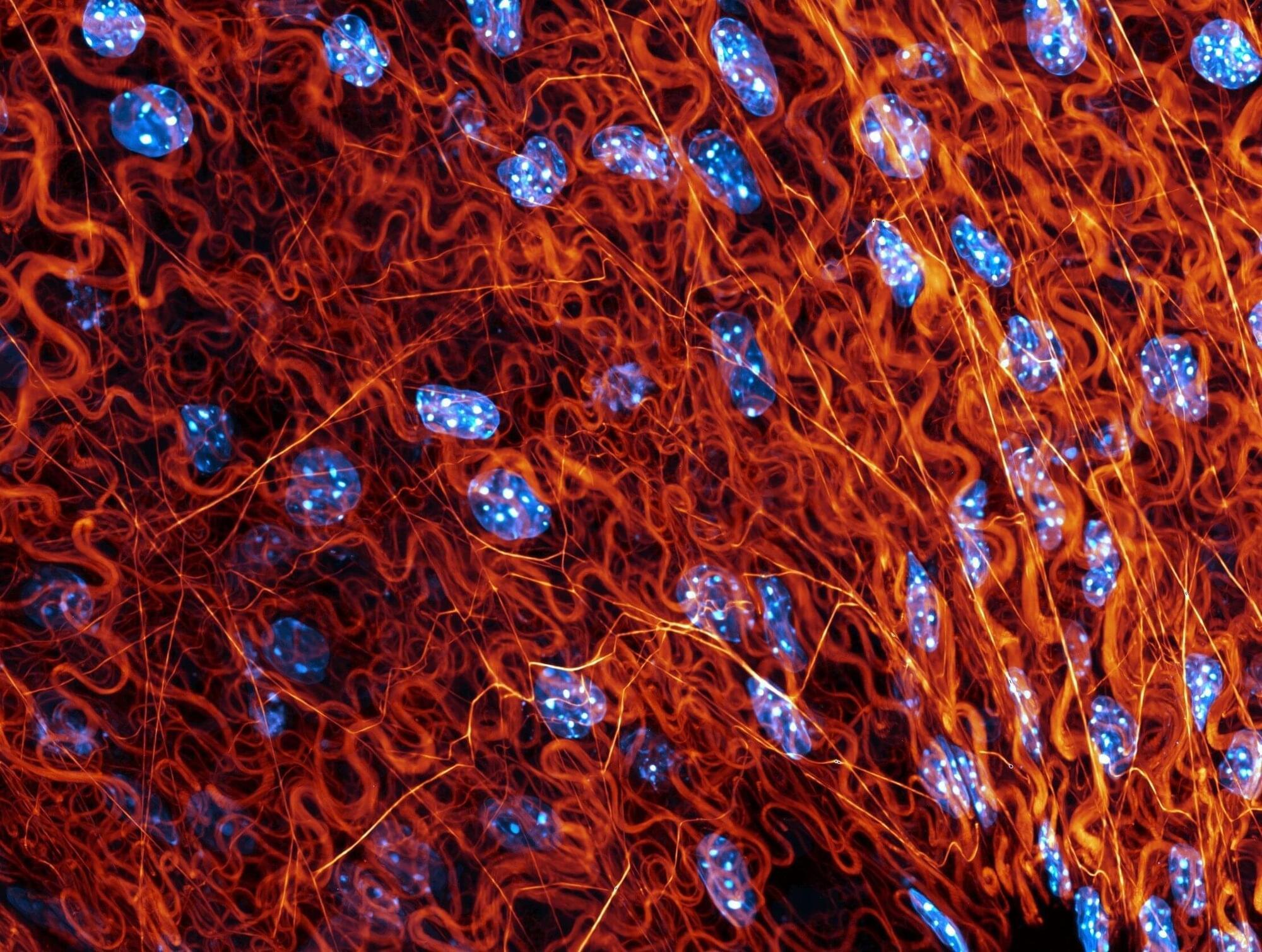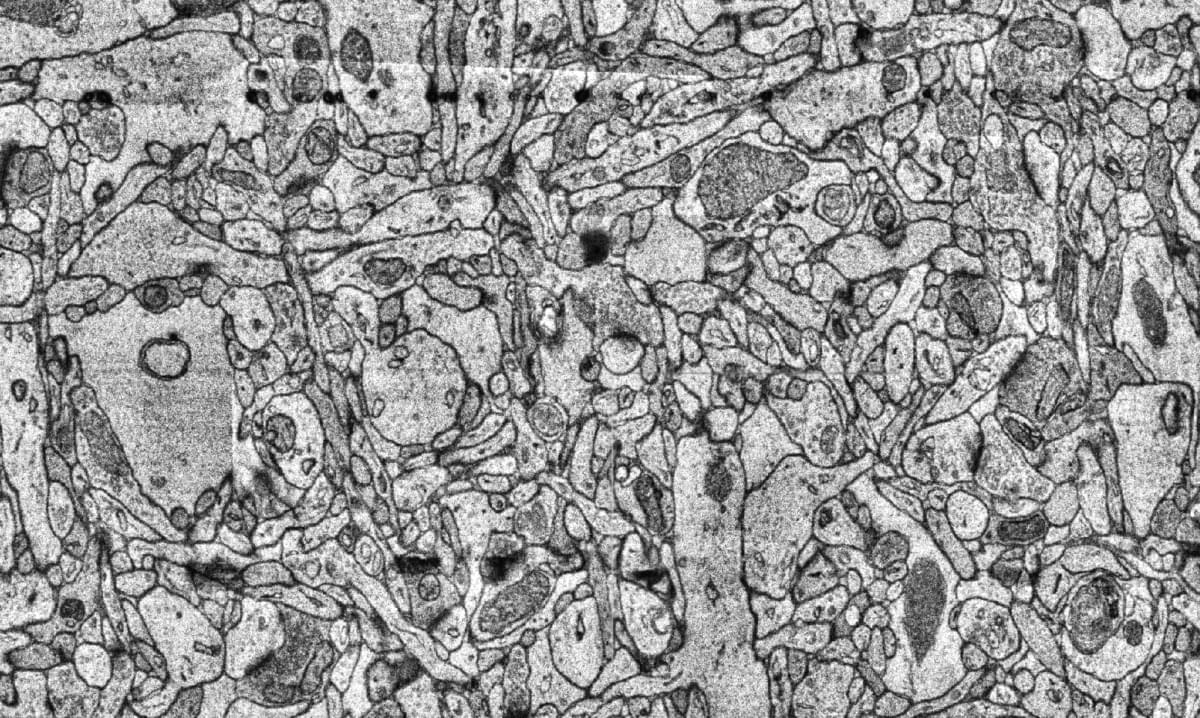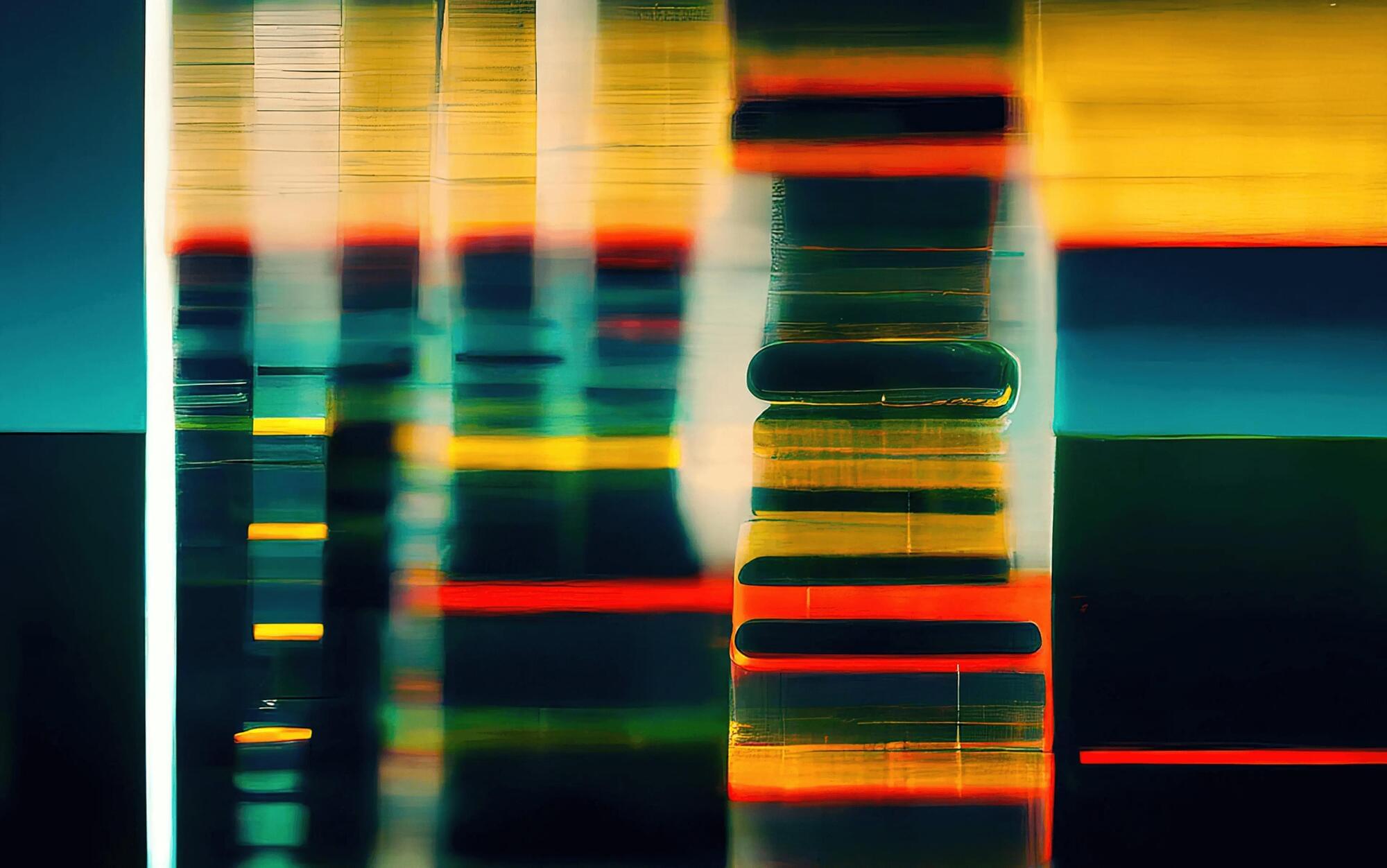When discussing motors, most people think of those in vehicles or machines. However, biological motors have existed for millions of years in microorganisms. Many bacteria use tail-like structures called flagella, which rotate to propel them through fluids. This movement is driven by a protein complex known as the flagellar motor.
The flagellar motor has two key components: the rotor and the stators. The rotor, a large rotating structure anchored to the cell membrane, drives flagellum movement. The stators, smaller structures surrounding the rotor, contain ion pathways that transport protons or sodium ions, depending on the bacterial species.
A species is a group of living organisms that share a set of common characteristics and are able to breed and produce fertile offspring. The concept of a species is important in biology as it is used to classify and organize the diversity of life. There are different ways to define a species, but the most widely accepted one is the biological species concept, which defines a species as a group of organisms that can interbreed and produce viable offspring in nature. This definition is widely used in evolutionary biology and ecology to identify and classify living organisms.
